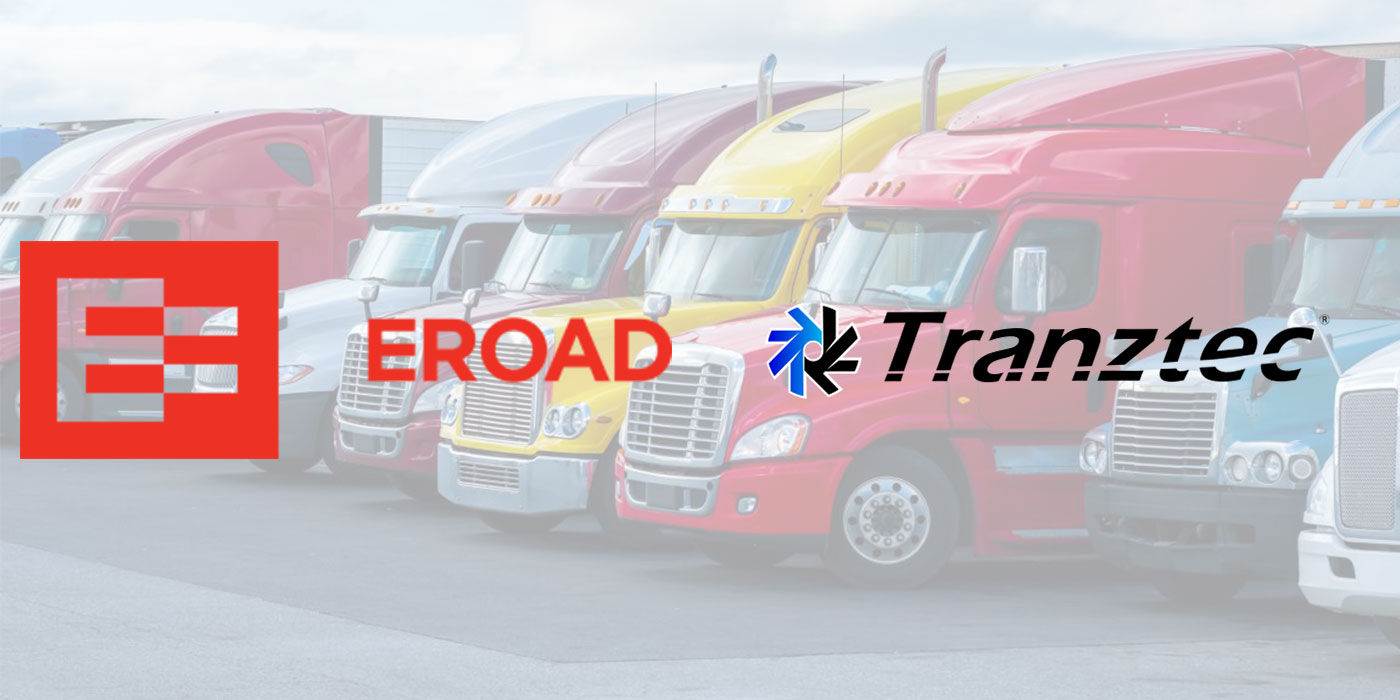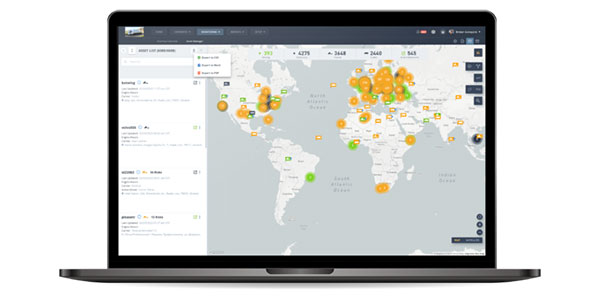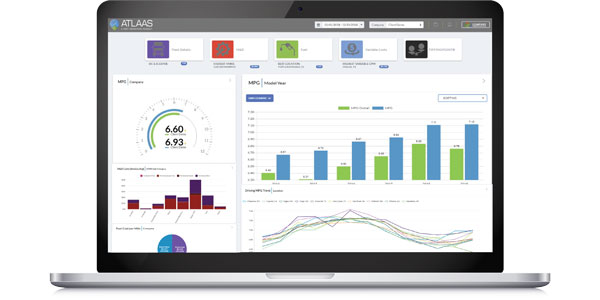Maintenance managers are always challenged by the bean counters, and in some cases they need to be.
There is no question that there’s value in measuring cash in and cash out and sticking to a business plan that manages income and expenses. We have vehicle maintenance reporting standards (VMRS) to guide us. Those standards work if properly utilized and you have 100% of your labor and 100% of your parts and you are able to get the total cost of the vehicle in dollars.
But you have to find the common denominator to measure by—be it miles, hours, tons, cases, pounds, months, weeks, gallons, or whatever the upper management wants. At the highest level, costs are measured by general ledger accounting, established by the way finance wants to code expenses for payment, with upper management wanting to see it in a simpler, non-diluted form.
But a new trend is coming to handle the rising cost of tires, labor, parts and onboard equipment to control emissions. Maintenance managers no longer can find those magical methods to reduce or maintain costs as they did in the past. For the last 25 years, managers of “iron” have found ways to reduce cost because they had to keep their jobs. In many cases they had to be creative and were often forced to cut costs to stay alive. In the past, that meant understanding where the costs where hiding. This is essential to the future, as well.
Now maintenance managers have a new force with which to contend. There is a new generation of middle managers who are concentrating on “fixing” value using charts, graphs, prado’s, gant charts, predictions and benchmarking. With these methods, which are generally far removed from the shop and the equipment, they have found a new way to “fix iron.” All in a way to reduce costs or fix the perceived problem for the short-term.
As younger and more technologically-savvy technicians join the workforce, those who are receiving the e-mailed charts and graphs and who are left to interpret the information will most likely lack practical knowledge on how to actually fix or service vehicles.
Here’s an example. Today, new managers may be hired into a company and find themselves saddled with the vehicle maintenance department, which is not their forte. These individuals have expertise in business organization from behind the desk, but may not be able to “connect the dots” regarding what takes place in the shop.
They are more than likely hired by a boss for whom vehicle maintenance and shop management is also a mystery. However, the boss is happy because he or she now can relate to the new hire who understands how to manage by “chart, graph, projections, etc.” They both can look at the same reports and arrive at the same conclusions regarding budget and cost control. The result is that costs are driven down short-term without an understanding of what occurs in the shop.
However, for fleet maintenance managers, “iron doctors,” it’s not about cost projections on charts, but rather about fixing the basics issues on the vehicles, keeping them on the street. Then the numbers will fall in line. Those who do not understand how to fix trucks don’t really understand a vehicle’s “data.” It is a never-ending challenge. You need to make the repairs and upper management wants you to figure how to do that to fit the numbers.
By the way, both groups have their mission. We “iron” guys need to understand numbers and data people need to understand iron. When it fails, it fails.
For more information, visit www.darrystuart.com or email comments or questions requests to Darry at: [email protected].













